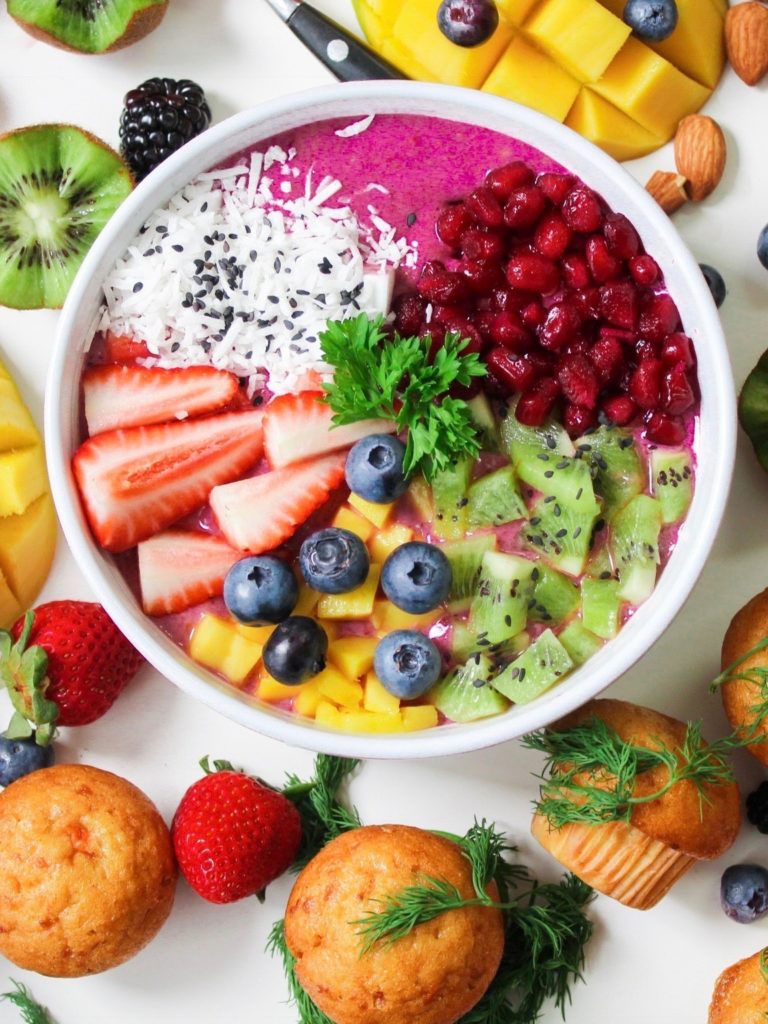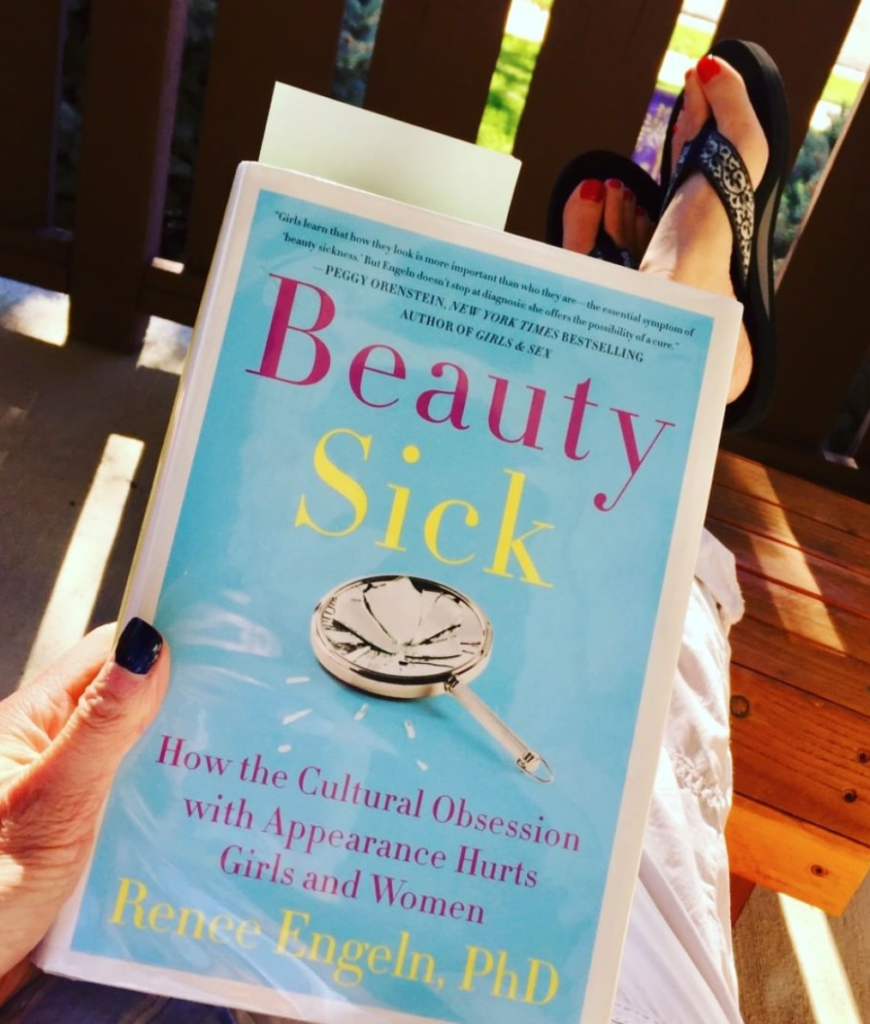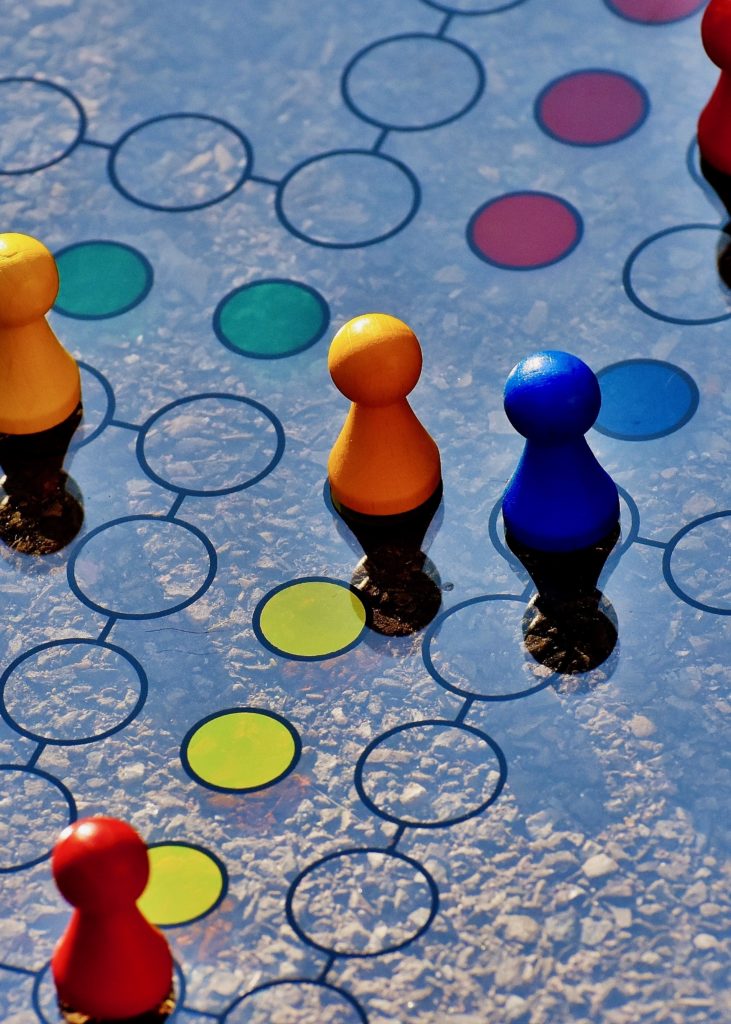
The benefits of good nutrition and maintaining a healthy weight are clear. There’s no need to provide yet another list.
With so many compelling reasons to eat a healthy diet, why is it so difficult to actually do?
Hint: the answer is not more willpower or greater motivation.
One of the MAIN reasons eating a healthy diet is difficult is because JUNK FOOD IS DELICIOUS (+ widely available + inexpensive).
Steven Witherly is a food scientist who has spent the last 20 years studying what makes certain foods more addictive (and tasty) than others. Much of the science that follows is from his brilliant report, Why Humans Like Junk Food. According to Witherly, when you eat tasty food, there are two factors that make the experience pleasurable.
First, there is the sensation of eating the food. This includes what it tastes like (salty, sweet, umami, etc.), what it smells like, and how it feels in your mouth.
Food companies will spend millions of dollars to discover the most satisfying level of crunch in a potato chip. Their scientists will test for the perfect amount of fizzle in a soda. These factors all combine to create the sensation that your brain associates with a particular food or drink.
The second factor is the actual macronutrient makeup of the food—the blend of proteins, fats, and carbohydrates that it contains. In the case of junk food, food manufacturers are looking for a perfect combination of salt, sugar, and fat that excites your brain and gets you coming back for more.
The more junk food you eat, you more you crave it.
So how do you build the habit of eating less junk? How do you become a healthy eater?
Here are two simple strategies.
#1. Reduce exposure. Remove the cues.
The easiest way to become a healthy eater is to avoid buying processed and packaged foods altogether.
If you don’t own it, you can’t eat it.
The number one driver of behavior change is your environment.
Your environment has an incredible ability to shape your behavior. Nowhere is this more true than with food. What we eat on a daily basis is often a result of what we are presented with.
You can also reduce your exposure (or the triggers that often lead to a craving) by managing what you see on social media.
If your Instagram feed is bursting with cupcakes, you WILL crave cupcakes each time you see one.
The average person spends over two hours a day on social media. That’s a lot of cupcakes.
Full disclosure: I recently unfollowed a local French macaron shop because MACARONS!!!
I do not have superhuman willpower – or endless stores of motivation. What I do have is an environment designed to set myself up for success.
The best way to unwind an unwanted (“bad”) habit is to make it invisible and/or difficult.
Reduce exposure. Remove the cues. Increase the number of steps between you and the “bad” habit. Limit choices.
- Don’t put the ice cream in your shopping cart. Don’t even go down the ice cream aisle.
- Put half your restaurant meal in a to-go box immediately and close it up.
- Get the decadent French macarons off your Instagram feed.
- Stash the snacks in the back of a shelf that requires a chair to get to.
- Wrap unhealthy foods in aluminum foil and healthy foods in plastic wrap.
- Put fruit (and other healthy snacks) on display.
- Repackage unhealthy snacks into smaller Ziploc bags or containers.
- Use a small plate so getting seconds means having to get up.
#2 Never eat two unhealthy meals in a row.
A flexible healthy diet means making allowances for unhealthy food from time to time. I’m a Jersey girl. I love pizza and bagels and a good eggplant parmesan on occasion.
I am not a perfect eater. I don’t want to be a perfect eater. Delicious food brings me joy when eaten in moderation.
I have a simple rule that I try to follow: whenever I eat an unhealthy meal, I follow it with a healthy one.
The “never miss twice” rule helps to guide me back toward a healthy diet as quickly as possible.
Fall down. Get up.
You can take this same approach to almost anything in life. If you want to make a unwanted behavior more difficult, then increase the number of steps between you and the behavior.
Meanwhile, if you want to make a good behavior easier, reduce the number of steps between you and the behavior. For example, if you want to make it easier to go for a walk then lay out your shoes and walking gear the night before. One less step between you and your workout.
People who are experts at what you want to do/be/achieve are not willpower and motivation unicorns.
They’ve simply designed their environment in a way that aligns with their goals and developed habits that get them the results they want.
If five flavors of potato chips lived in my pantry, I would eat ALL THE CHIPS.
I do not have junk food resisting superpowers.
I have less cravings because I rarely eat junk food.
I’ve build up healthy habits over the years that run on autopilot.
My environment supports my goals.
I use apps and tools and services that make healthy living easier.
If my husband buys cookies, they go in the basement – or in his office.
You can do it too. Superpowers not necessary.
XO ~Robyn
Interested in a one-on-one coaching relationship with me? It would be an honor to work with you if and when the time feels right.
To learn more about Personal Health Coaching click HERE.
To schedule a Discovery Session click HERE.


